You must be a member to view this content.

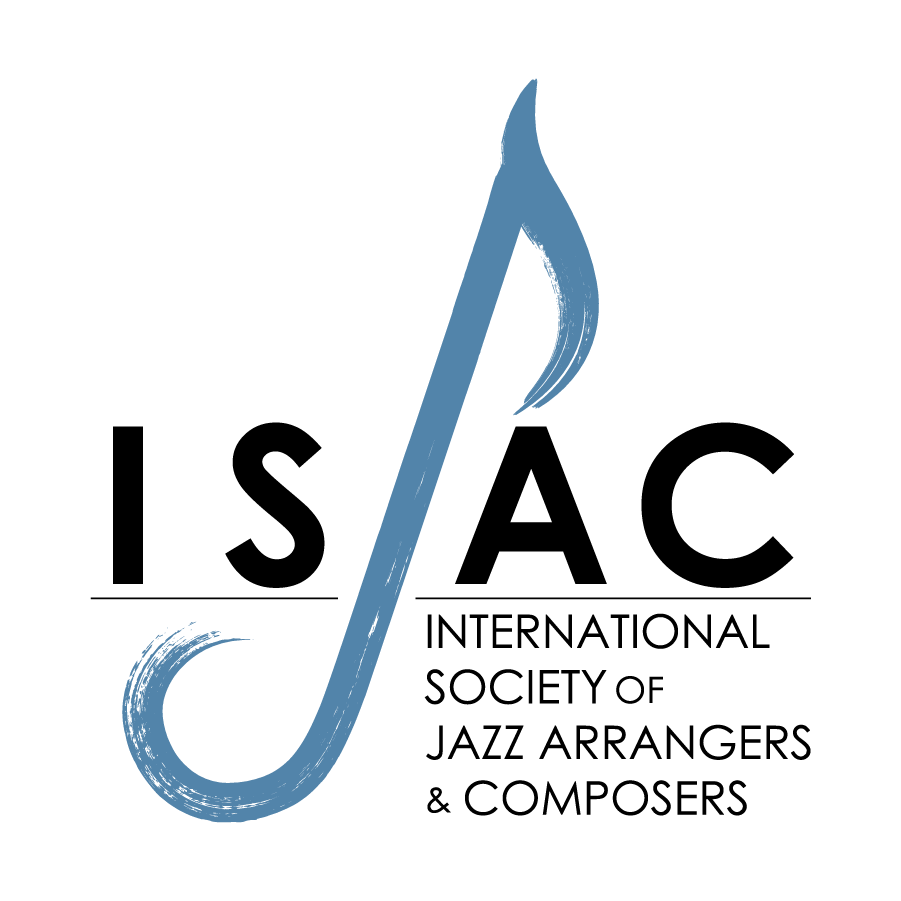

You must be a member to view this content.
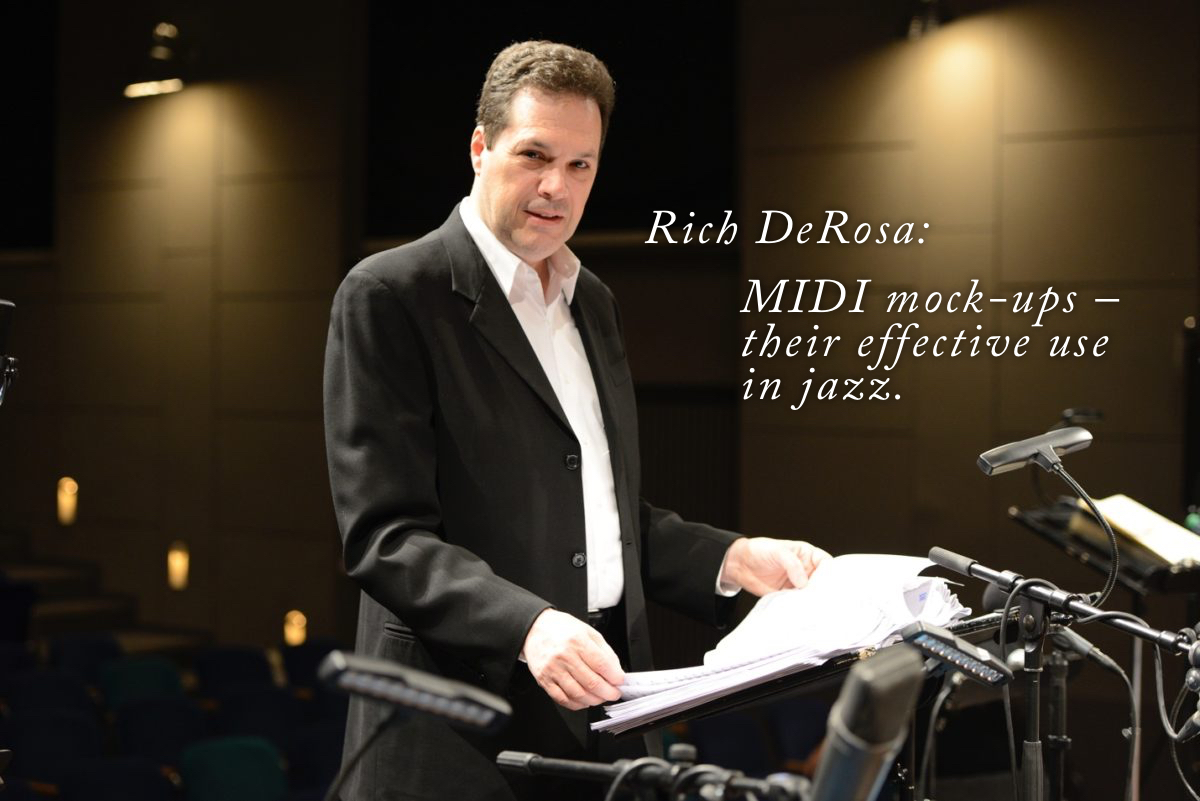
You must be a member to view this content.

You must be a member to view this content.
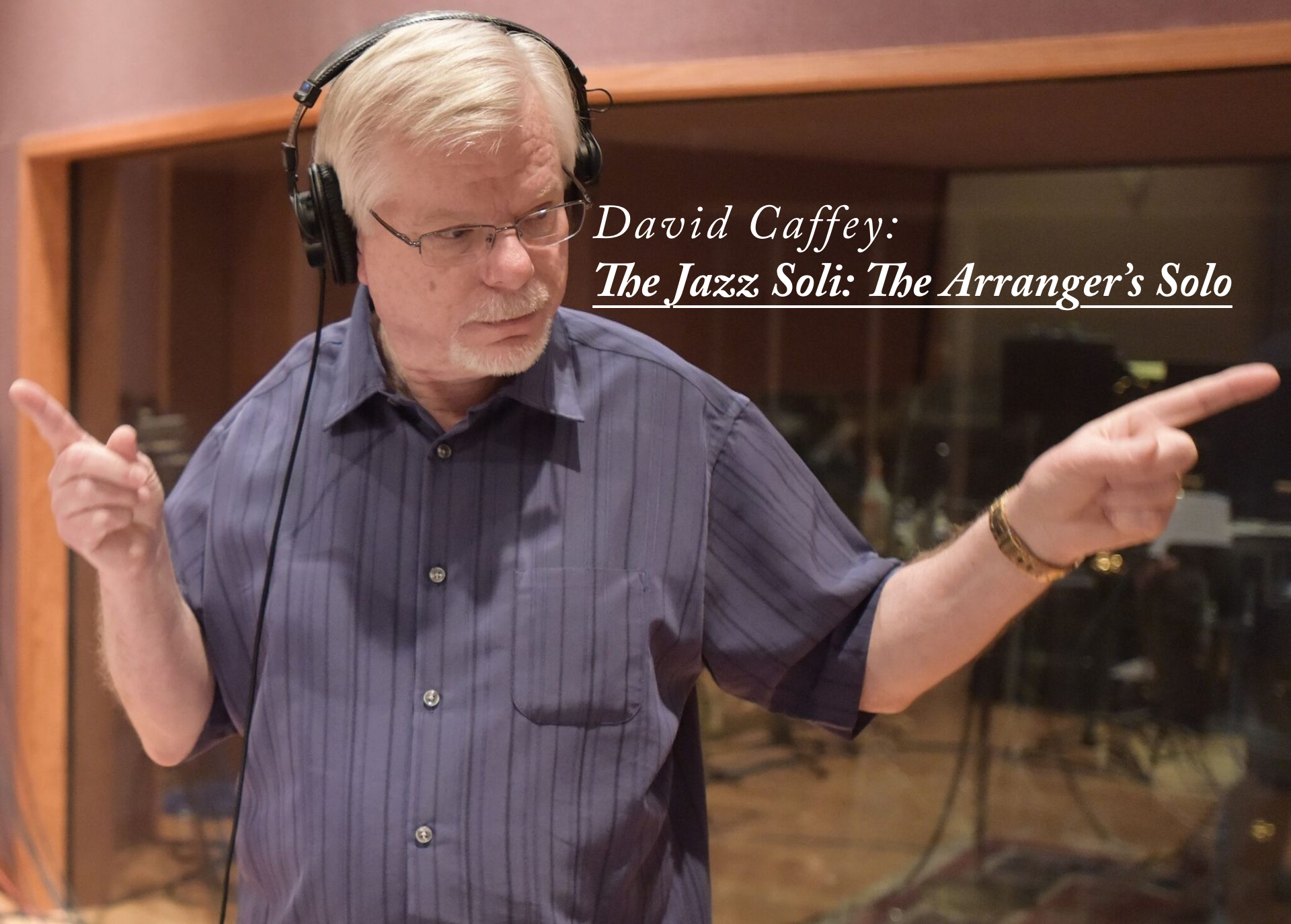
“The jazz soli is the arranger’s solo!” I can’t remember who it was that I first heard say that, but I believe it is absolutely true. I’ve always been intrigued by jazz solis, saxophone solis especially, but also brass solis and trombone solis.
A soli is the spot in a jazz arrangement where you as the arranger have the opportunity to write something that represents what you would play at that moment if you were the soloist. Of course, since you are writing it down, you can work with it until it says exactly what you want it to say, which is very different than improvising the solo. The composer whose soli writing I found to be most compelling early on in my studies was Thad Jones. Who can forget the saxophone solis on Groove Merchant, Don’t Git Sassy, and Fingers? And Little Pixie, in which even the opening melody sounds like a soli? Little Pixie is really soli writing from the beginning to the piano solo. It is two different “soloists” (brass and saxophones) playing and then trading 16s, 8s, 4s, and 2s. This is really exciting music that builds at an amazing pace!
In recent years I have written a number of jazz arrangements and compositions that include solis by saxophone sections, brass sections, trombones, and mixed instruments. I’m happy to share some of the ways I go about writing a soli and a few of the techniques I use.
The most important aspect of a jazz soli is the melody. It seems obvious, but I’m sometimes surprised how often I hear solis that don’t have interesting melodies. It’s important! When I began writing a saxophone soli for an arrangement of Freddie Hubbard’s Birdlike, I knew that I needed to come up with a melody that was “Freddie-like.” I studied Freddie’s solo on his recording of the tune and discovered that it was a perfect example of the “Bebop Scale approach” to improvisation. I decided to write a melody that sounded like what Freddie Hubbard might have played, without using any quotes from his solo. The written soli follows and there is a link to the recording of the arrangement.
The first eight measures of the melodic line include very clear usage of a downward moving F bebop scale that begins with an enclosure of the root, which is a typical element of bebop language. The downward, mostly stepwise, bebop scale of measures 1 and 2 are followed by an embellished arpeggio of F9 beginning with the 7th moving to the 9th, 3rd, 5th, 7th, and 9th. It’s a classic looking (and sounding) bebop phrase consisting of “down by step” and “up by arpeggio.” It’s interesting how the line in m. 176 on beat 3 moves chromatically down to the 7th on the Bb9th at m. 177. That Ab is drawn out in a bluesy fashion, appropriate for a blues tune and it is something that a bebop player might do. At the end of m. 179 there is an enclosure surrounding the F# (3rd of D7) followed by a chromatic enclosure of the A (9th of Gmi9) and a diatonic enclosure of the G. Use of the diminished whole-tone scale for the line in m. 182 is also idiomatic. These are melodic elements that Freddie Hubbard uses in his playing, so it fits very well in an arrangement of his tune.
Example 1) Birdlike by Freddie Hubbard, arranged by David Caffey; mm 173–225
(The soli begins at 3:51 of the recording.)
I often use guitar melodically with the saxophones on a sax soli. I have done this fairly consistently over the last seven or eight years. The guitar adds a sonic quality that somehow focuses the saxophone section sound in a way that I really like. This allows me to write the saxophones in 5-part voicings without doubling the melody an octave lower. The guitar plays the melody an octave lower than the lead soprano sax. In this arrangement there is a trumpet used on the melody in unison with the soprano saxophone. Using the trumpet seemed appropriate since it is a soli on a Hubbard tune in which I’m trying to be consistent with his solo style. This combination provides a beautiful color and allows for voicings with more density than the more typical voicings used in sax solis. The denser chord voicings do not obscure the melody because there are three players on different instruments playing the melody. The melody comes through clearly.
One of the first questions that comes up when writing a soli is “how do I begin.” In Shades of Blue I decided to use the melodic figure that appears in the highest point of the melody (m.20) of the A sections as the source for the opening statement of the soli (m. 120). The rhythm shows up again in m. 127 and there is an extended version of the first motive in m. 131. If you have a good idea that works, use it more than once (but perhaps not more than three times).
Example 2) Shades Of Blue by David Caffey; mm 120 – 148
(The soli begins at 3:47 of the recording.)
The opening measures of the soli demonstrate ways to use very thick 5-part voicings that work well. The voicings in m. 120 use the four pitches of the B diminished 7th with one added pitch drawn from the B diminished scaled. The fifth pitch chosen in each of the voicings is in the 2nd tenor part and is a half-step below the pitch in the first tenor part. This creates a distinctive dissonance that colors a diminished sound, making it interesting rather than bland. This can be used on altered dominant seventh chord voicings, as well. I learned this technique from studying Thad Jones’ scores. In his scores, you can find brass voicings with eight different pitches, all derived from a single diminished scale.
The five-part voicings in m. 120 are cluster voicings. These work because there is a third between the top two voices. Cluster voicings are also used in mm. 121 and 122. The voicing for the F7(#9) in m. 121 uses, from bottom to top, the 7th, #9th, 3rd, #11th, and 13th. The first voicing of the following chord in m. 122 consists of the 3rd, b5th, #5th, 7th, and #9th. And it moves on in a similar fashion. This makes for a meaty saxophone section sound. You can open up the voicings with Drop 2, etc, and get the same kind of sound. The two voicings beginning on beat three of m. 125 are good examples of this.
I try to create balance by separating passages that are technically difficult with passages that are relatively easy. The music needs to breathe, and so do the players! In the Shades Of Blue soli, you will see that there are three spots that have sixteenth note lines. Before and in between those technically challenging spots, there are measures of melody with relatively easy and straightforward rhythms.
I sometimes use a single scale to harmonize a melodic line in a soli like this. In m. 140, for example, the melodic line in the soprano sax is a diminished scale for an octave followed by three chromatic notes moving downward to the concert C on beat two of m. 141. Beginning with the C, there is another diminished scale moving upward. Using the process I described above to voice a diminished chord for five voices, I found a voicing to begin on and then ran all of the voices in exact parallel motion with the soprano. It was quick and easy, and it sounds good! This technique can work well using diminished-whole tone, whole tone, blues, pentatonic, and bebop scales. I recommend not over-using it, though.
The saxophone soli in Blue 16 is another example that uses the guitar with the saxophones an octave below the soprano sax. The baritone sax is often an octave below the soprano sax, as well, in contrast to the approach used on the previous two solis.
Example 3) Blue 16 by David Caffey; mm. 132 -179
(The soli begins at 5:21 of the recording.)
An example of the technique of using a single scale to harmonize a melodic line can be found in measure 174 of Blue 16. In this case a pentatonic scale is being used. The soprano sax line was written first. The first voicing for the saxophones was created after testing the line that it could be followed throughout before running out of the range. Then each part has the pentatonic scale line from their starting pitch. Another example of this technique can be found in m. 156.
Measure 175 includes another version of the diminished scale being used to create the voicings throughout the line. In this case, when the line moves upward, the chord tones are approached from a half-step below. When the line moves downward, the chord tones are approach from a half-step above. In this context I think of the scale as being a “melodic diminished scale.” When moving upward the connecting notes of the scale are ½ step below the chord tones; when moving downward the connecting pitches are ½ step above the chord tones. The concept is similar to a melodic minor scale in which scale degree 6 and 7 are raised going up and lowered going down. Another good example of usage of this can be found in mm. 158-159.
Finally, just remember that it’s all about the melody…
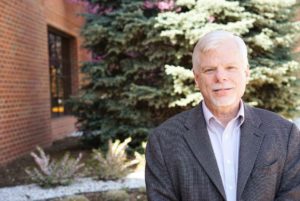
David Caffey has appeared as a clinician, adjudicator, and guest conductor at music festivals, conferences, universities and schools throughout the United States, in Canada, and in Europe. He was inducted into the California Jazz Education Hall of Fame in 2011. His compositions and arrangements have been performed in concerts and festivals in Europe, Asia, Australia, Mexico, Dominican Republic, the Bahamas, Canada and throughout the United States. He has won awards for musical composition from the American Society of Composers, Authors, and Publishers (ASCAP) and the National Association of Jazz Educators (NAJE). He served as President of the International Association for Jazz Education (IAJE) from 2004 to 2006 and is a Founding Member of the Jazz Education Network (JEN). He also serves on the Board of Directors of the International Society of Jazz Arrangers and Composers (ISJAC). Most of his published compositions and arrangements are available from UNC Jazz Press. His most recent CD, ALL IN ONE by the David Caffey Jazz Orchestra, was released in October 2018 by Artist Alliance Records and is available at Amazon, CD Baby, and iTunes. The band’s first release, ENTER AUTUMN, was released in October 2015.
Mr. Caffey recently retired from a career in Higher Education and is Professor Emeritus of Music at the University of Northern Colorado, where he served as Director of the School of Music from 2005 to 2013. His work as a college professor and arts administrator spans 44 years and includes previous appointments in Jazz Studies at California State University – Los Angeles, Sam Houston State University, and the University of Denver. He relocated to Southern California in August 2018 and is working full-time as a composer, arranger and music producer.
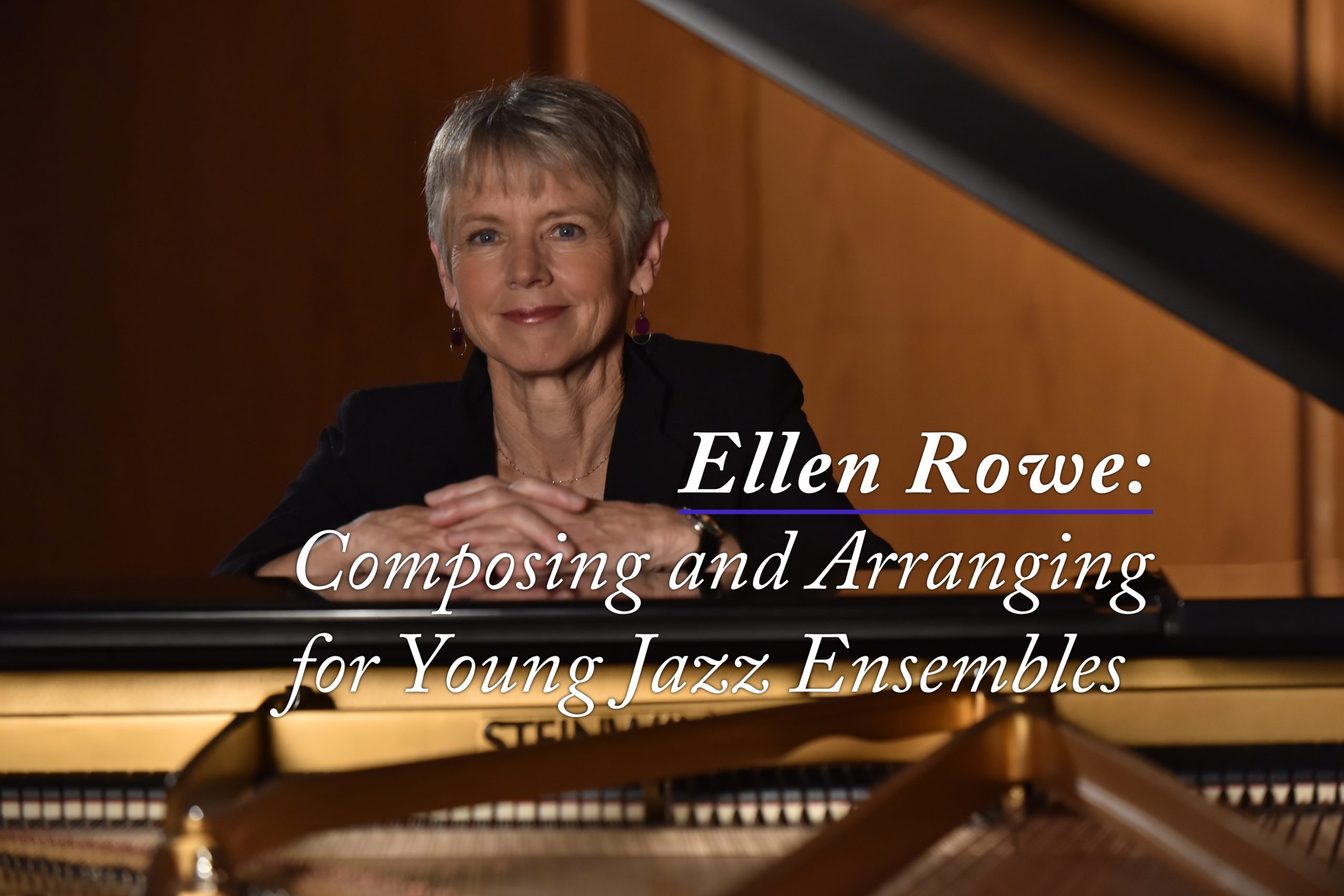
You must be a member to view this content.
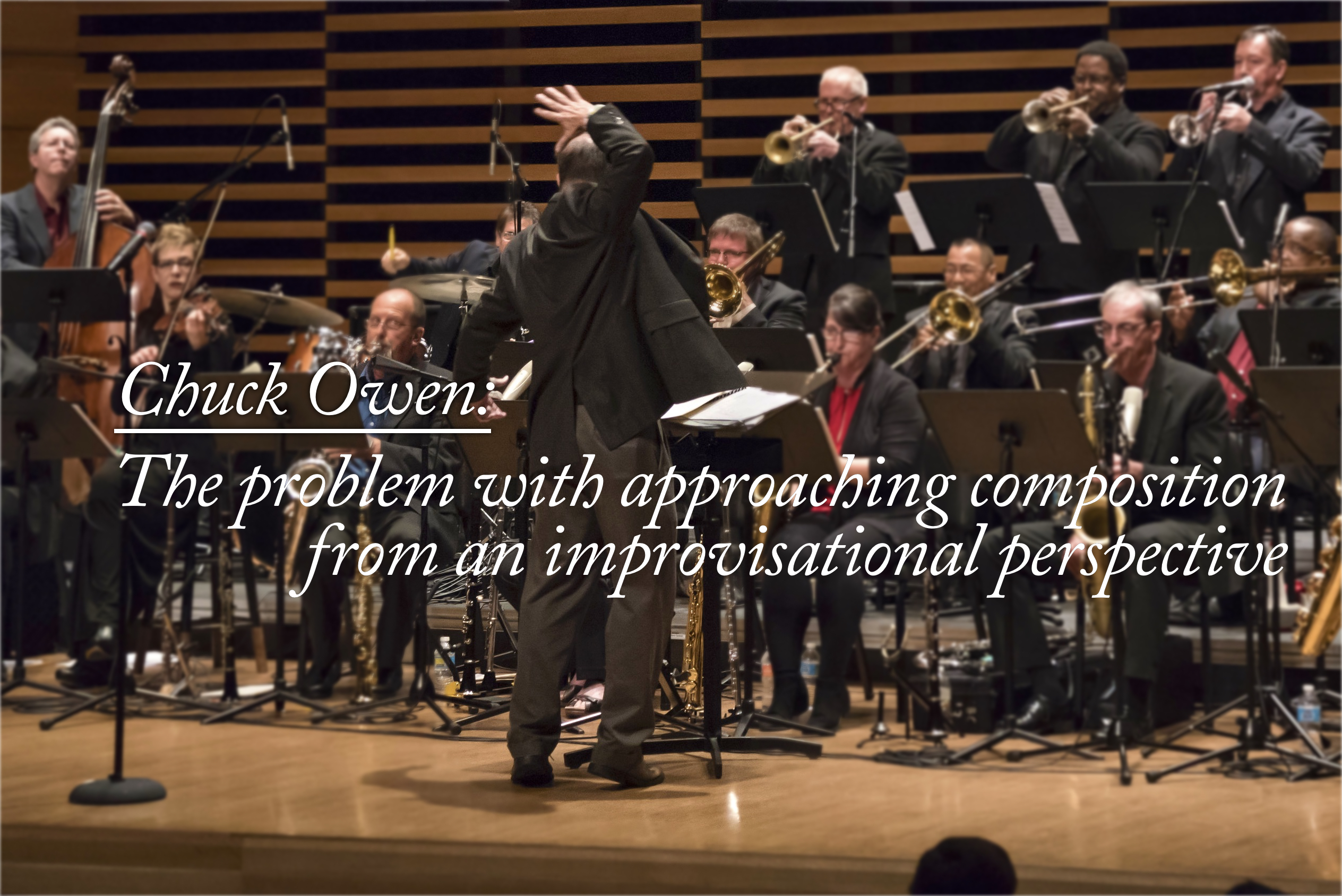
You must be a member to view this content.
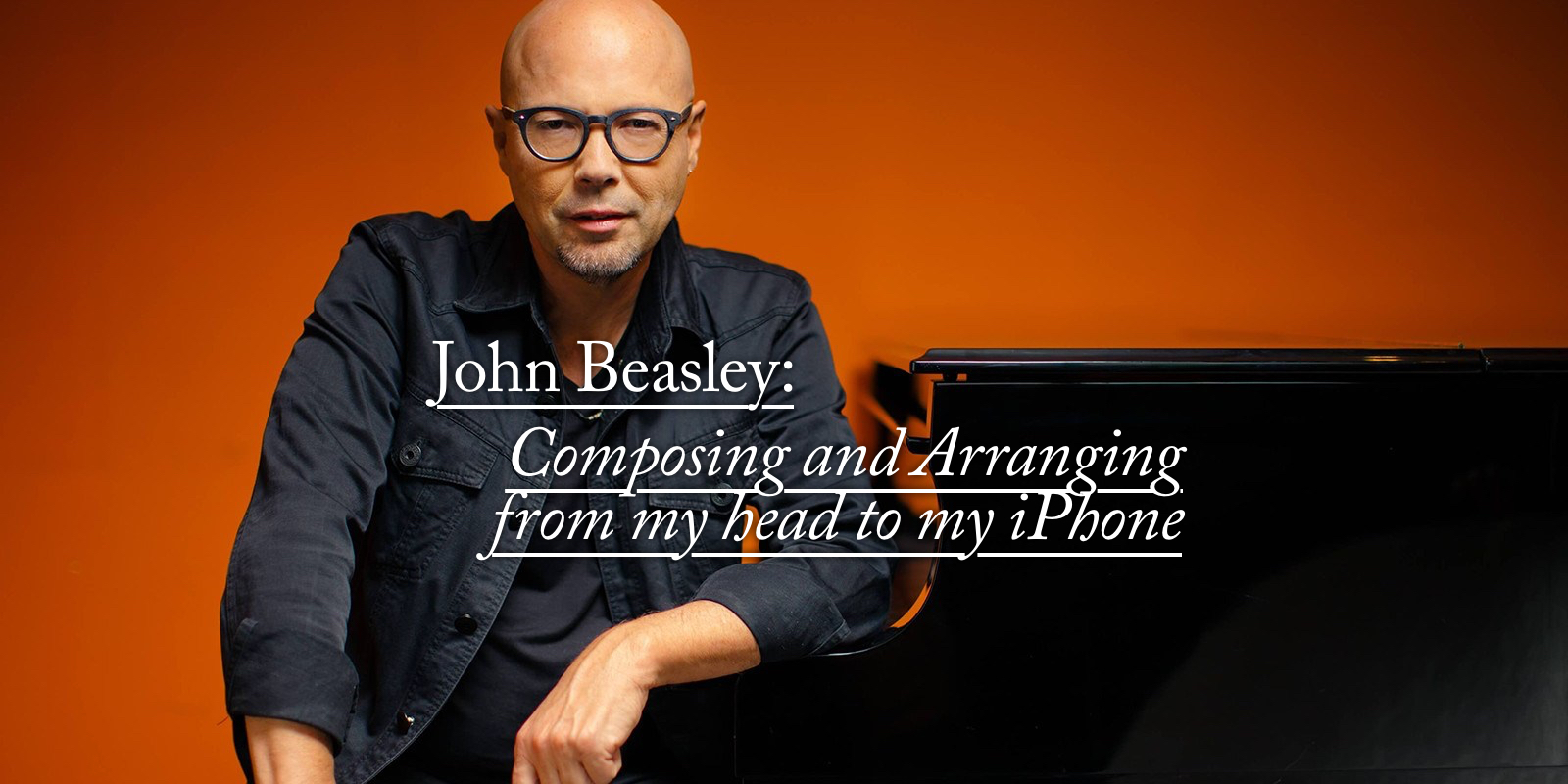
You must be a member to view this content.

You must be a member to view this content.

You must be a member to view this content.
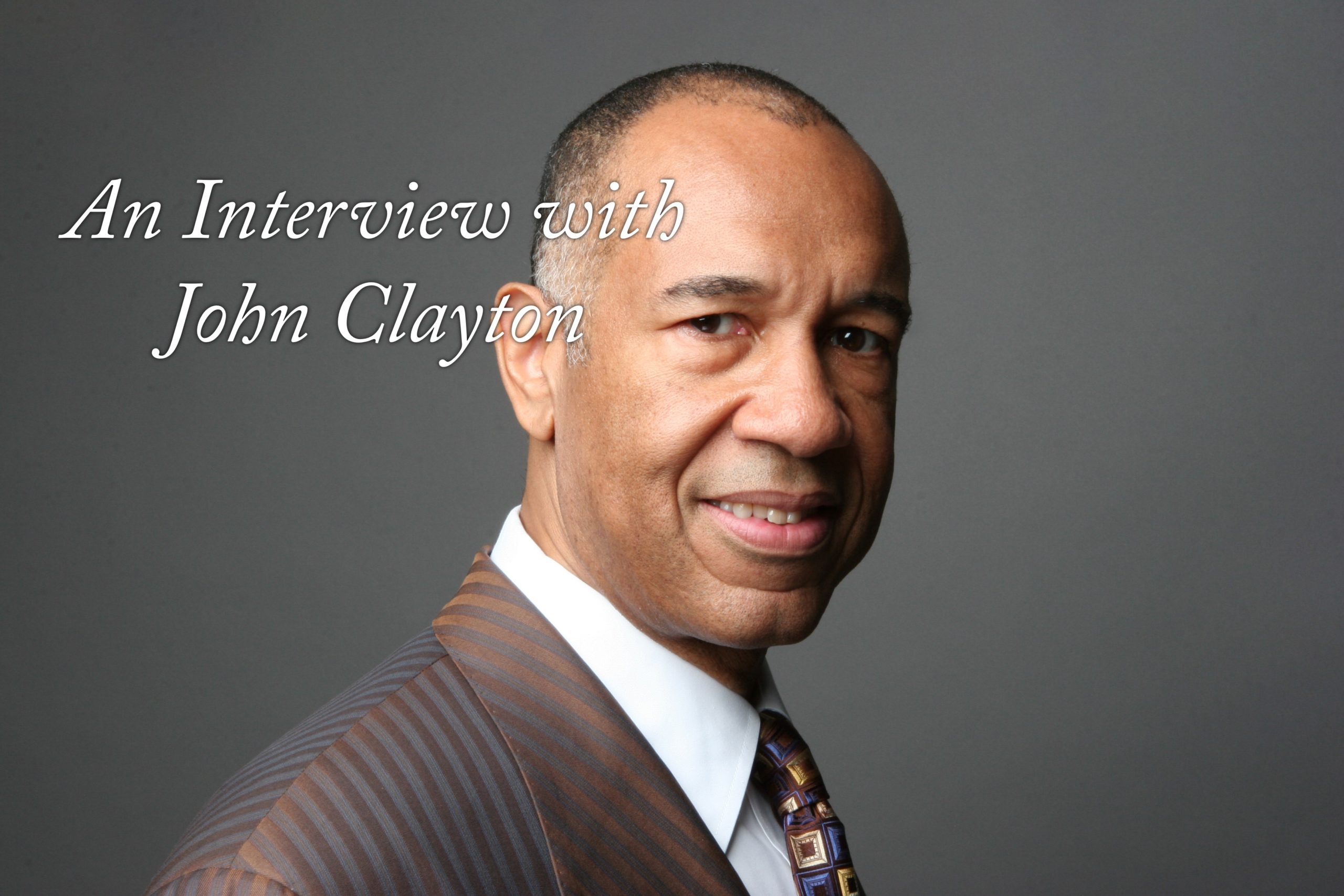
In this interview with Paul Read, John Clayton recounts his compositional origins, his processes, and his advice for young composers.
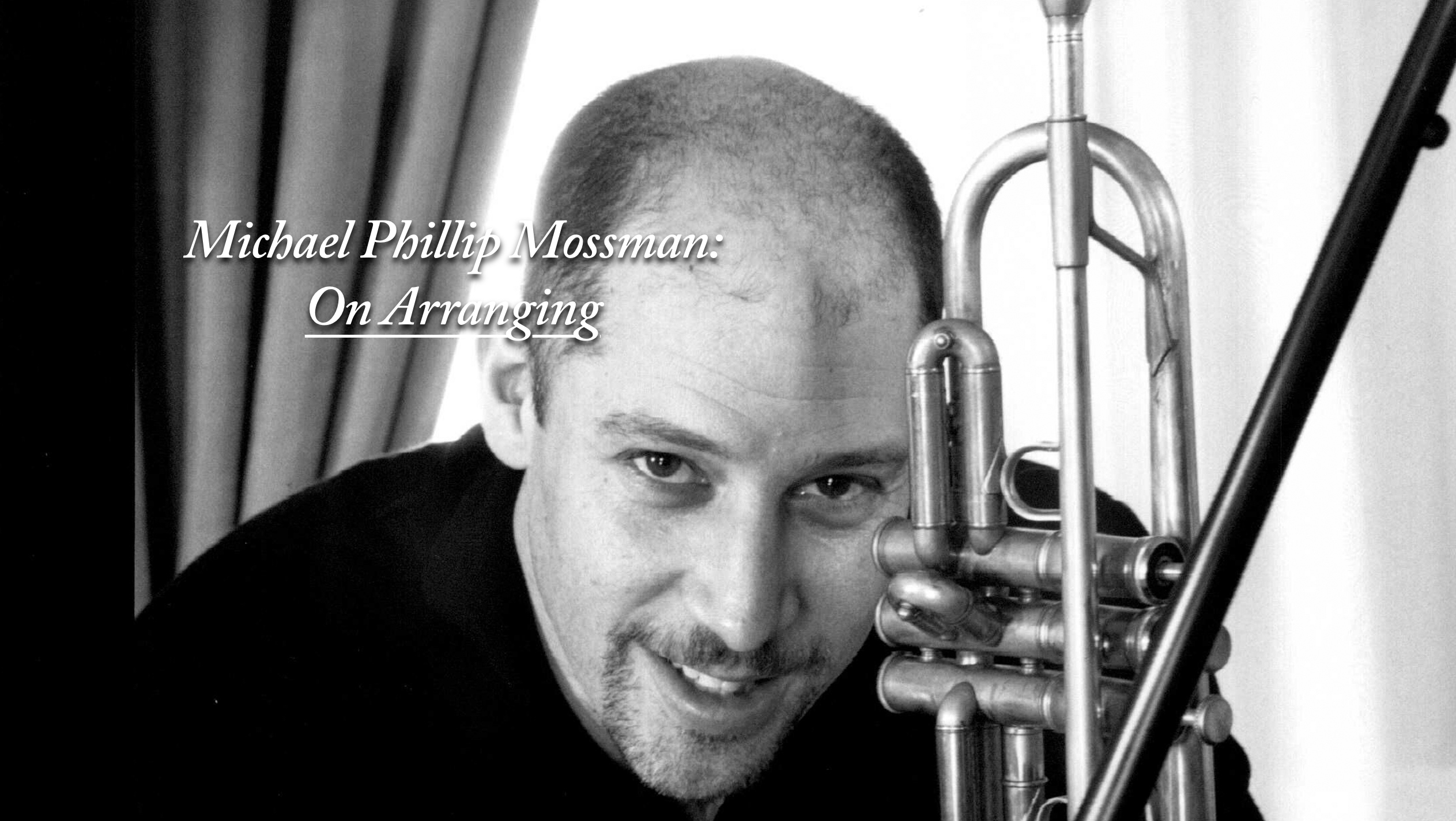
Michael Phillip Mossman reflects on his work as an arranger, how those opportunities shaped him, and a few pieces of directly applicable tips and ideas.
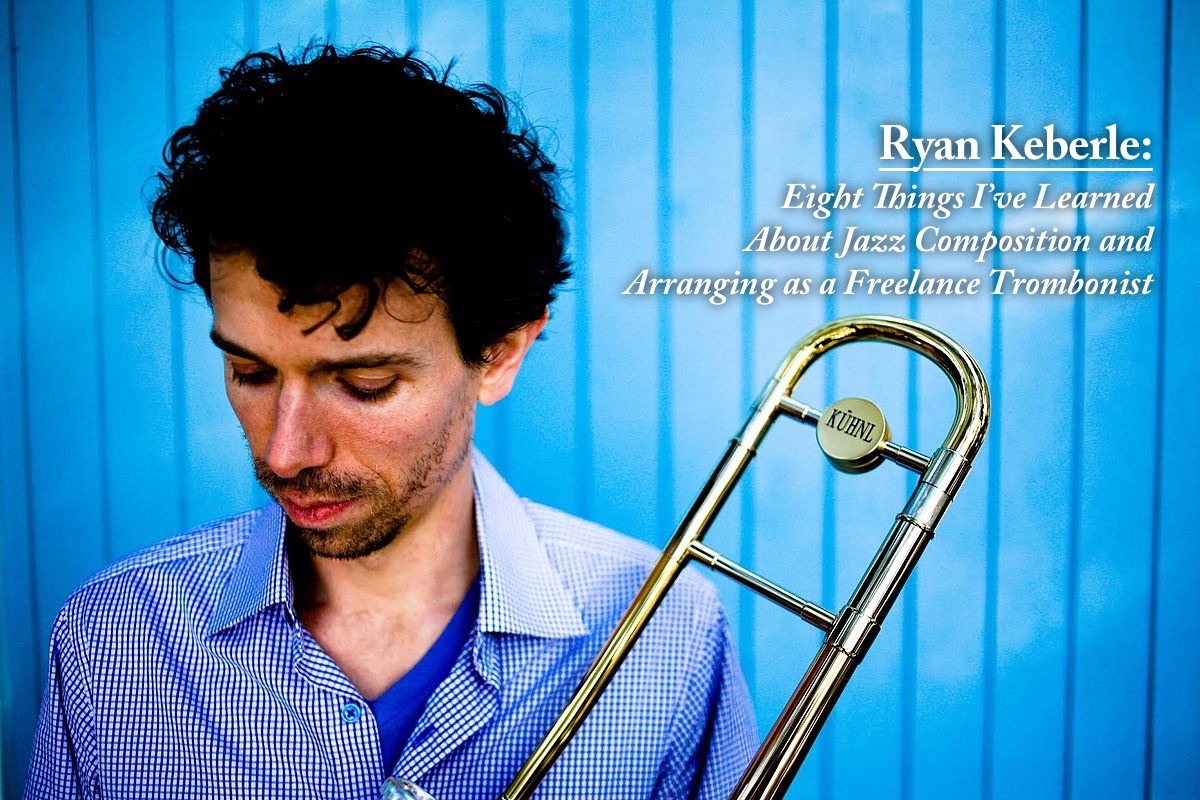
Ryan Keberle talks about soloing, technique, and conception; eight lessons he’s learned while playing great composers’ music as a freelance trombonist.
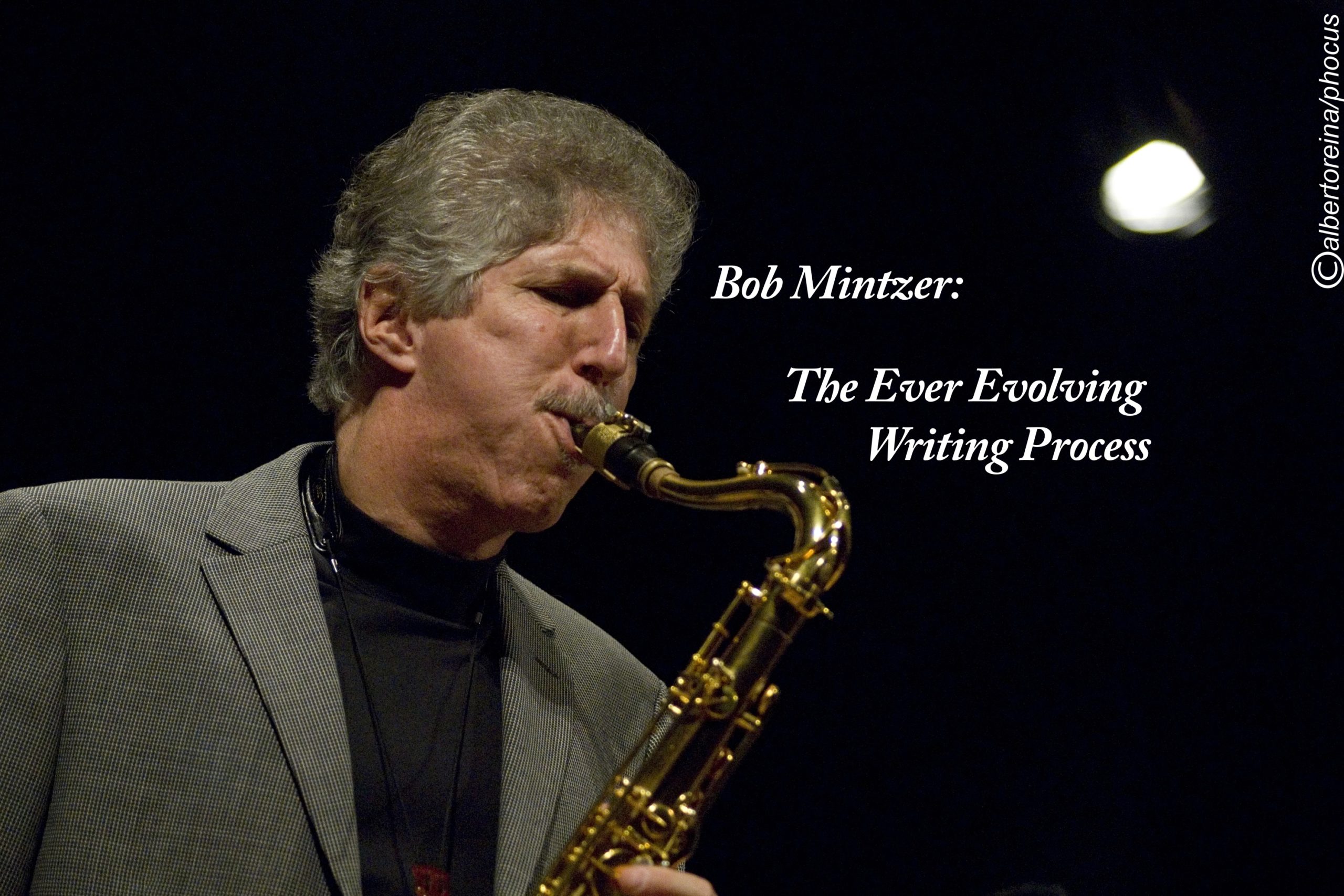
Bob Mintzer reflects on his process as a composer through his background, techniques for generating ideas, and executing those ideas.
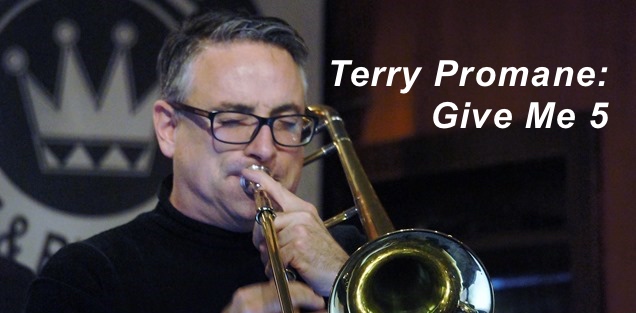
Terry Promane discusses his 5 favorite arranging topics dealing with preparation, practice, and process.
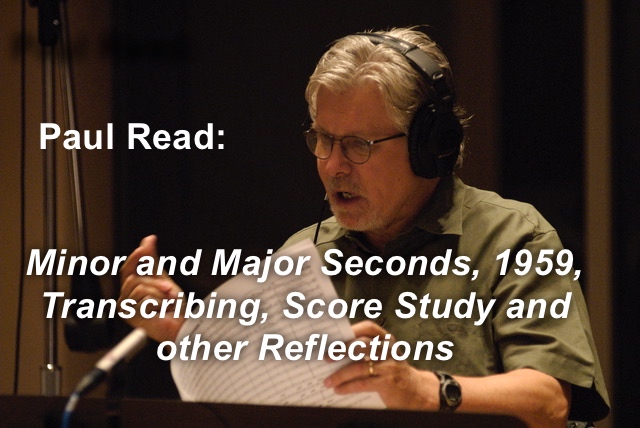
Paul Read reflects upon 5 things he’s learned in his career so far and the process of his growth and development.

Rick Lawn outlines 4 lessons for process and art that he’s learned over his career thus far. Additionally, he offers a software tool to help all writers – the Orchestrator’s Toolkit.

(Click here to hear Concerto for Jazz Orchestra) From the time I became the principal director of the WDR Big Band in the fall of 1994, I started thinking about the possibility of composing a multi-movement concerto for jazz orchestra specifically for that band. I decided that, if it was to be for a jazz orchestra, it should be written expressly for the special qualities of the particular musicians in the band and should also showcase the skills of the individual sections as well as the full ensemble. However, it wasn’t long before my interest in the immediate projects at hand and the excitement of writing for a wide range of internationally known guest soloists kept my creative imagination occupied and the idea of the concerto was forgotten. For some unknown reason, my attention returned to it during the spring of 1999, while looking forward to a good deal of free time in the summer months just ahead. It seemed like the time was right, and I planned to compose the piece in time for one of the band’s fall programs. The idea of a concerto for jazz orchestra was initially inspired Bela Bartók’s Concerto for Orchestra, one of my favorite pieces of music since my college days in the mid and late 1960s. In terms of overall dimensions, Bartók’s scheme of five movements also appealed to me. It seemed to me that five movements could more completely display the exceptional ensemble and solo skills of the WDR Big Band and also allow for maximum range of tempos, expressive moods and orchestral colors. I eventually decided that the outer movements would be relatively fast swing in 4/4, with the slow movement in the middle, also in 4/4. For contrast, the second movement would be a medium tempo jazz waltz and…
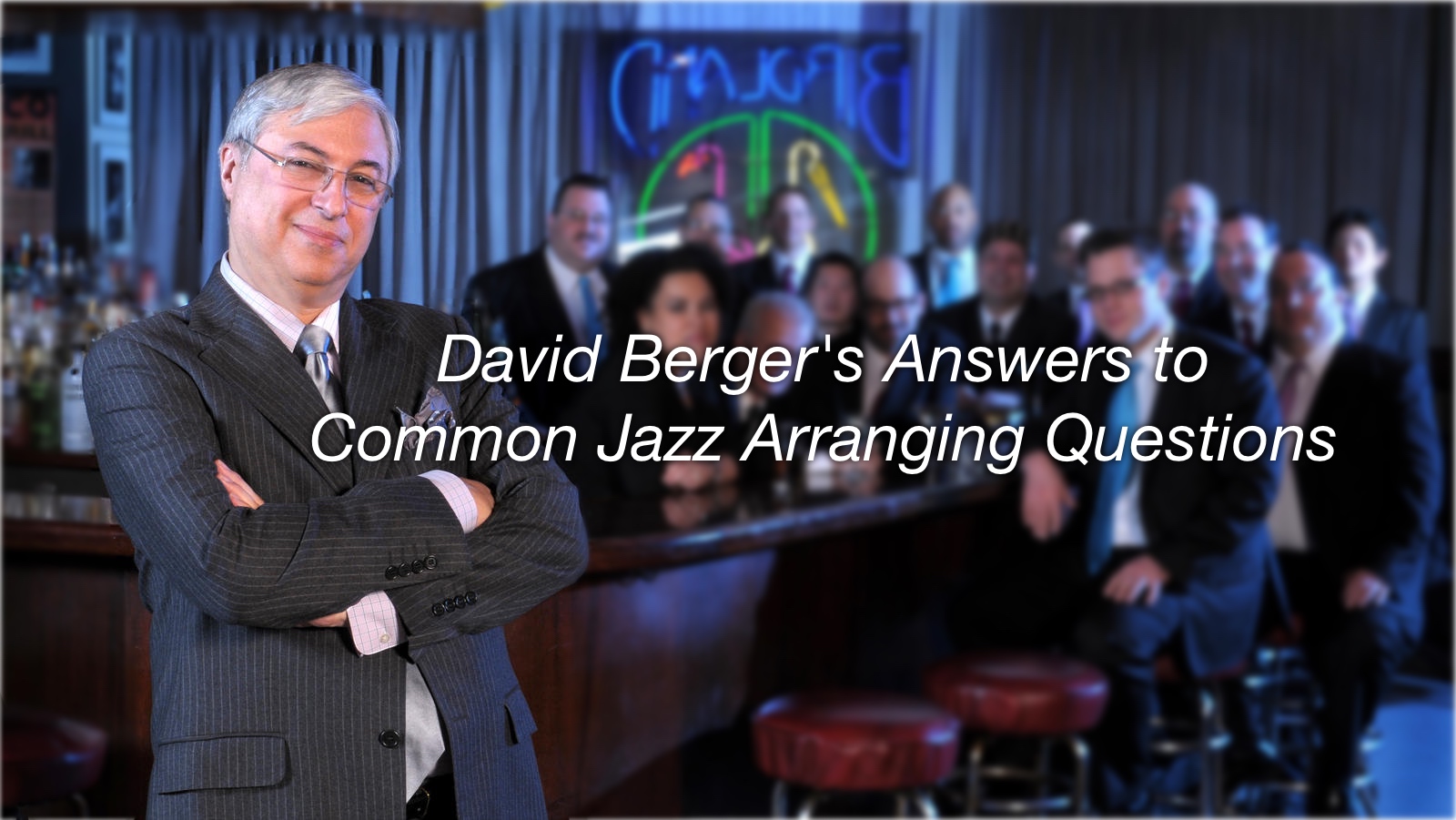
Inspired by an advice column, David Berger presents 10 questions that he had as a young arranger, and answers those questions in this excerpt from his book, “Creative Jazz Composing and Arranging.”

In his essay on Jazz Composition, Adam Benjamin explores originality, practice, and methods for the jazz composer.
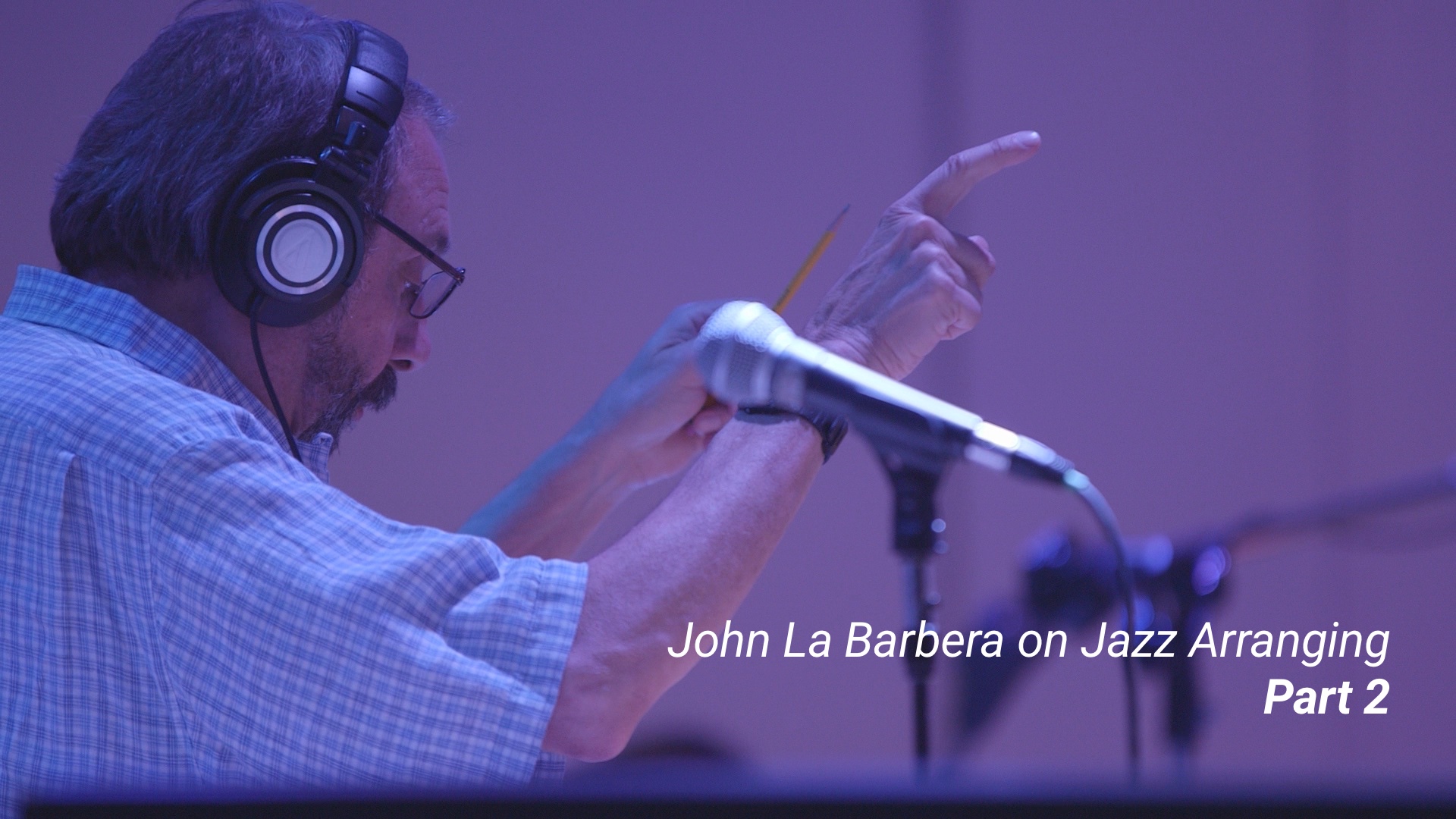
John La Barbera continues his “On Arranging” series talking about melody and pragmatic advice for composers.